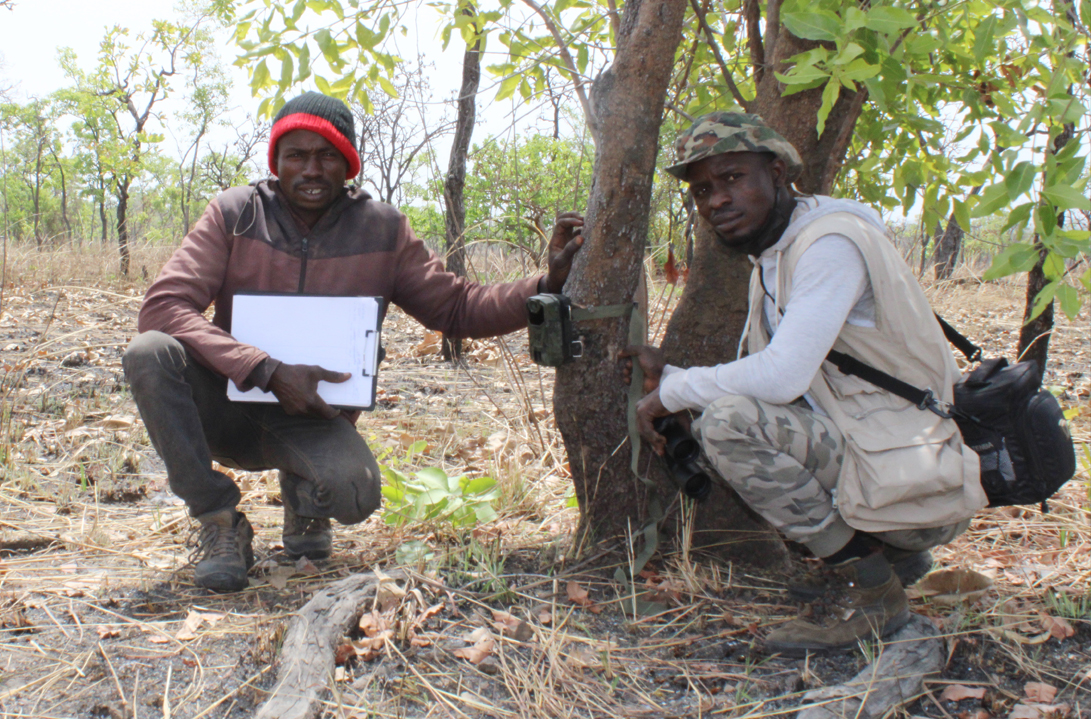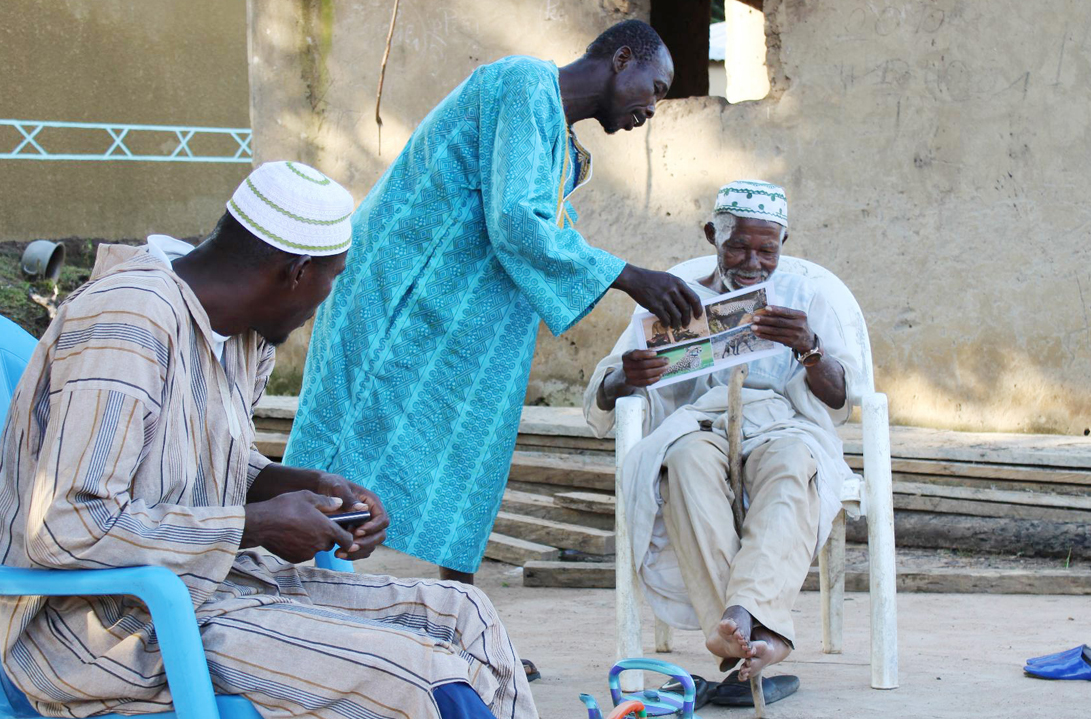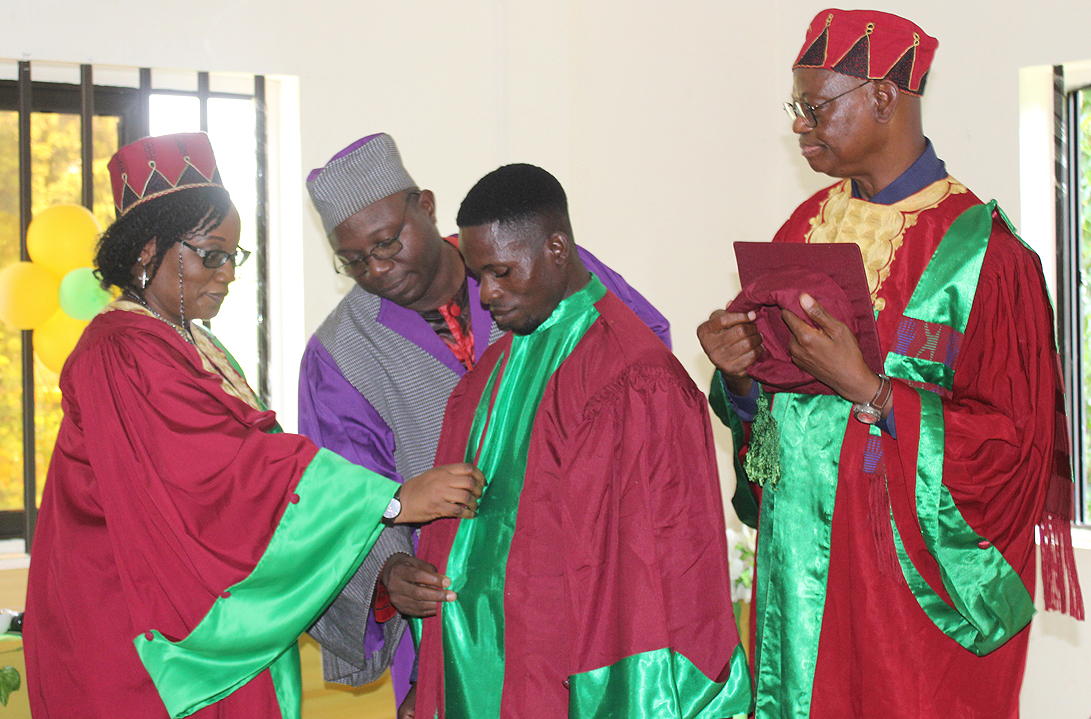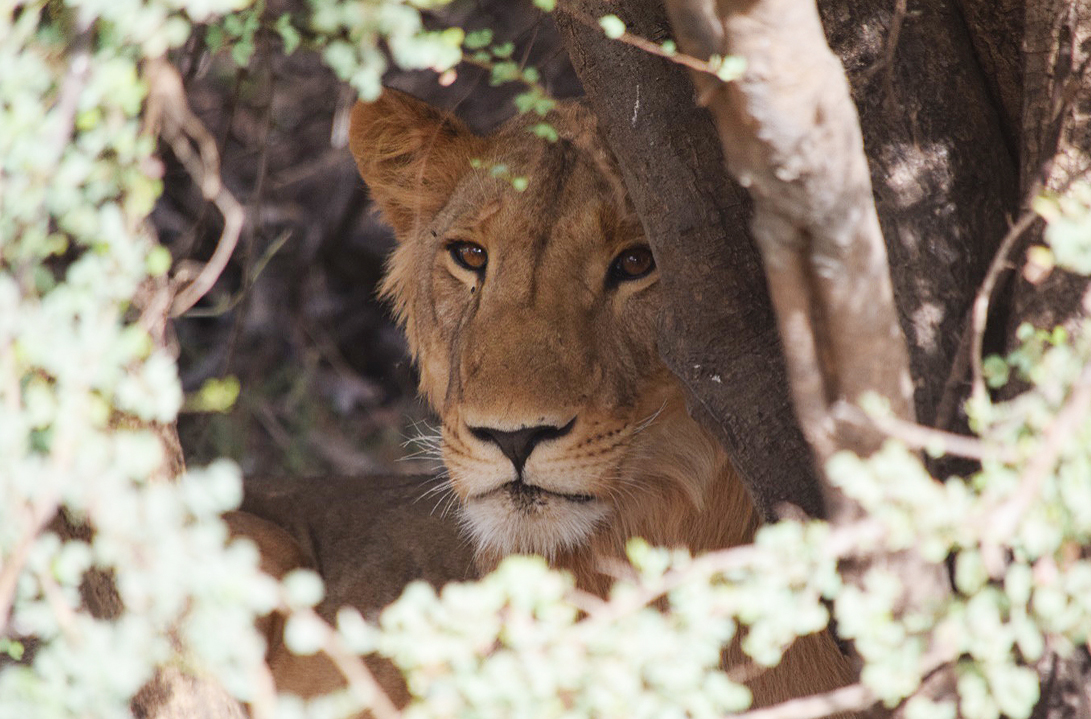The West, Central and Horn of Africa Lion Programme conducts research on the conservation of the threatened lion subspecies Panthera leo leo. The conservation status of these lions is precarious, with smaller numbers, lower densities and larger declines, than the subspecies Panthera leo melanochaita found in eastern and southern Africa. The programme engages stakeholders with diverse professional and cultural backgrounds, including governmental staff, international NGOs, local communities, park managers and researchers.
CONSERVATION CONTEXT
At the turn of the century, very little was known about the distribution of Panthera leo leo. Our work, together with that of our collaborators and other institutions, has helped identify and characterise the main lion populations and the associated threats.
The project initially focused on support to several countries to develop National Lion Conservation Action Plans (i.e., Senegal, Benin, Cameroon, Ethiopia and a regional action plan for the WAP-complex in Benin, Burkina Faso and Niger). Once the strategies and plans were in place, our focus shifted to implementation.




APPROACH
The programme’s aim is to develop capacity at local research institutions, management institutions and Non-Government Organisations to design and implement lion conservation projects that are aligned with strategies for biodiversity and human development. We work closely with national wildlife authorities in all countries within the programme’s remit.
The Large Carnivore Survey of Ethiopia is addressing major knowledge gaps by assessing the status of lions and other carnivores with support from various donors, including the Born Free Foundation and Leipzig Zoo. In Benin, with support from the National Geographic Big Cat Initiative, we have initiated and supported a Lion Guards programme since 2014. In Cameroon, with US Fish and Wildlife funding, we organised Children’s Bush camps and the first comprehensive large carnivore survey. More recently, we started working in the Dinder-Alatash-Bejimiz Transboundary Ecosystem, on the border of Sudan and Ethiopia, with support from the Born Free Foundation and the Lion Recovery Fund.
Transboundary conservation and local capacity building are crucial cross-cutting themes for all these initiatives. As a spinoff from this work, we have been leading the IUCN Lion Red List assessment and have been involved in global policy dialogue on lion conservation. Our lion conservation work operates in close collaboration with the IUCN Cat Specialist Group.
PROGRAMME MEMBERS
The programme is coordinated by Dr Hans Bauer.